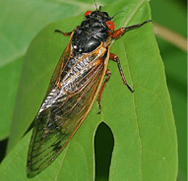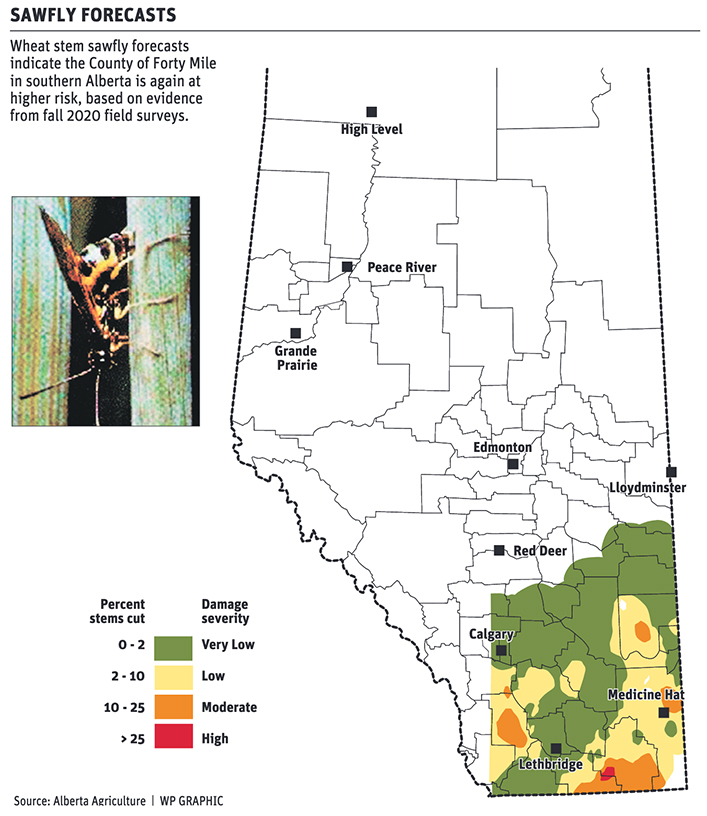Image credit: Protix
07.07.2021 — Following approval by the European Food Safety Authority (EFSA), locusts (Locusta migratoria) are now considered safe for human consumption in both frozen and dried form. FoodIngredientsFirst speaks to key players in the insect sector who support this step and look to the future of edible insects with hope.
This EFSA opinion results from an application from Fair Insects, a Protix company, in 2018. Protix also uses novel food dossiers for the black soldier fly and other species.
Elselina Battenberg, a spokeswoman for Protix, says insects like locusts are an excellent source of macronutrients.
“They are rich in protein and fiber, and contain vitamins and minerals such as magnesium, calcium and zinc. The proteins are highly digestible. The possible food applications can be very different, from snacks to burgers, meal components or sweets. “
 Click to enlargeThis latest EFSA opinion is based on an application from Fair Insects, a Protix company, in 2018.Consumer openness to insect consumption insect
Click to enlargeThis latest EFSA opinion is based on an application from Fair Insects, a Protix company, in 2018.Consumer openness to insect consumption insect
As eating habits evolve and Western consumers begin to open up to insect consumption, novel food approvals will play a constructive role in shaping the market, said Christophe Derrien, general secretary of the International Platform of Insects for Food and Feed (IPIFF).
“Edible insects are gaining more and more interest. Consumer acceptance is and would be driven by a change in socio-cultural aspects and product demand. “
Insects are versatile ingredients, and the demand for high-protein foods for sports nutrition, dietetic foods, or supplementary protein sources creates further opportunities for the industry, says Derrien.
Guillaume Daoulas, the new Business Director at Ÿnsect, also agrees that consumer awareness of the health of the planet is growing.
“Consumers are more concerned with their impact on the planet, and food plays an important role in that. According to the International Food Information Council, most people are concerned about climate change, and those concerns are affecting their food and beverage purchases. “
Given the high level of purchase intent among athletes, sports nutrition applications are likely to be the most adopted by consumers, such as protein bars and shakes, he notes.
“We expect it to work well as a supplement too, so that consumers can add it to existing recipes for increased health benefits, such as: B. as an addition to smoothies, in pasta and so on. “
Commenting on what is driving this demand, Daoulas says this is happening organically among consumers as they increasingly look for sustainable, healthy food options.
“Surveys have shown that athletes are looking for more ‘natural’ alternative FISPs (foods for athletes) as most of these powerful ingredients are highly converted products that are more easily derived from animal or vegetable sources.”
From niche to mainstream? Click to enlargeThe term migratory locust describes the adult insects of the insect species Locusta migratoria.
Click to enlargeThe term migratory locust describes the adult insects of the insect species Locusta migratoria.
Currently, the edible insect market can be viewed as a niche market for such specialty products, but it is forecast to develop rapidly over the next few years, says Derrien.
IPIFF believes that market development in Europe is driven by accessibility, consumer acceptance and regulatory advances.
“The latest statement on frozen and dried migratory locusts is another major achievement for the edible insect sector,” said Derrien.
“Both this statement and the first approval of novel food for insects (concerning dried yellow mealworm), which came into force last month, show the efforts of the European insect sector to safely improve sustainability in the food chain.”
At the same time, the industry expects the approval of insect-processed animal proteins (PAPs) in poultry and pig feed in the coming months.
EU-wide authorizations for novel foods and the authorization of insect PAPs in poultry and pig feed are two of the main policy priorities of IPIFF. The topics are based on the EU “Farm to Fork” strategy, the EU’s flagship initiative for the transition to more sustainable food systems.
Several edible insect applications have been submitted to EFSA for (safety) assessment, including several types of crickets, mealworms (including yellow mealworms and dried yellow mealworms) or black soldier fly and its related formulations.
“We hope that the latest approval by the EU Commission will ‘pave the way for other edible insect species’ and also help to make insect products more accessible to the European market and to increase consumer acceptance,” explains Derrien.
Big step forward
According to Daoulas, EFSA’s preliminary green light is “a big step forward” for sustainable food systems as it should pave the way for future approvals of sustainable food alternatives.
“This includes other whole insects as well as defatted insect protein, which is the largest market segment for human food in terms of value and quantity, especially in sports and health nutrition,” he explains.
“We hope to soon receive a positive verdict on the defatted mealworm Molitor and the mealworm Buffalo for human consumption, an insect that is currently being bred by our subsidiary Protifarm in the Netherlands and is already being used in human nutrition there,” said Daoulas further.
 Click to enlargeAs eating habits evolve and consumers open up to insect consumption, novel food approvals will play a constructive role in shaping the market, according to IPIFF.“The more approvals we receive as an industry for insect species, the better we can react to urgent global problems such as hunger, climate change, environmental and ecosystem damage and food security.”
Click to enlargeAs eating habits evolve and consumers open up to insect consumption, novel food approvals will play a constructive role in shaping the market, according to IPIFF.“The more approvals we receive as an industry for insect species, the better we can react to urgent global problems such as hunger, climate change, environmental and ecosystem damage and food security.”
Edible insect room heats up
Last month, FoodIngredientsFirst reported that mealworm proteins are increasingly recognized as an extremely sustainable and high quality source of protein.
The EU member states recently gave Agronutris the green light to market its yellow mealworm (Tenebrio Molitor) products for human consumption, making it the first company to be allowed to sell food-grade insects on the European market.
Ÿnsect has submitted an application for the same novel food approval for its Buffalo mealworm and is awaiting approval.
In February, the IPIFF had a say FoodIngredientsFirst on the benefits of entomophagy, COVID-19 challenges and how European insect producers have recovered faster than expected.
At the beginning of the year, yellow mealworms became the first insect in Europe to be identified as safe for consumption to overcome a “significant regulatory hurdle”.
By Elizabeth Green
To contact our editorial team, please send us an email at editor@cnsmedia.com
If you found this article valuable, you may want to receive our newsletter.
Sign up now to get the latest news delivered straight to your inbox.







